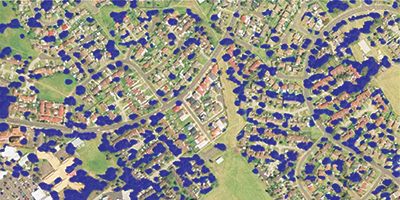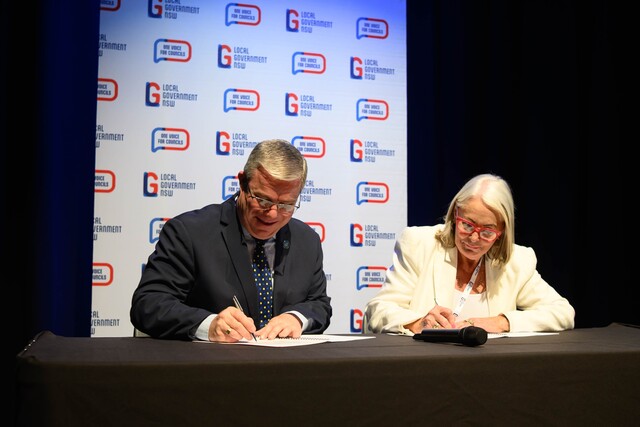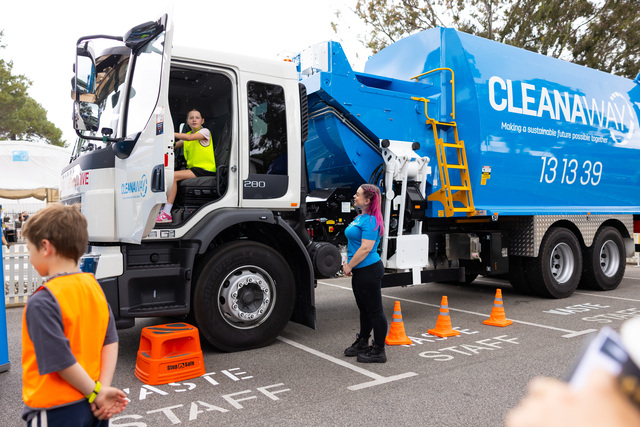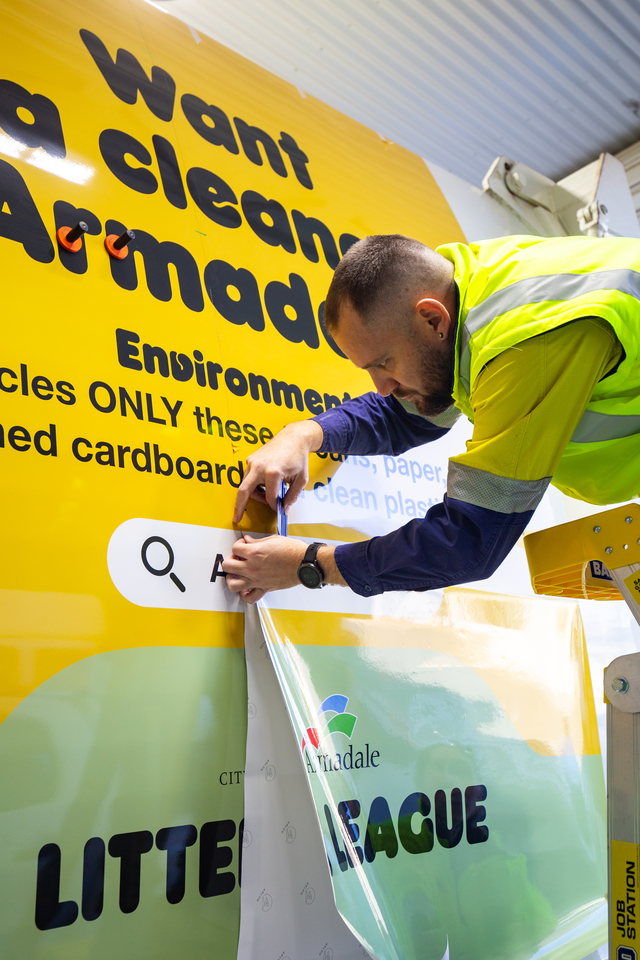A winning challenge from Liverpool City Council, New South Wales, has found an innovative satellite-based way to help it sustainably manage and expand the city’s tree canopy.
Mayor, Wendy Waller said Canopy Mapper had the potential to help Council meet its commitment to optimal environmental management with an emphasis on reducing urban heat island effect.
“The best possible living environment, integrating the proven benefits of trees and green spaces, is essential for the projected 60,000 more people who will call our city home in five years.”
Winner of the Maxar Spatial Challenge 2020: Urban Spaces category, Sydney-based research and development start-up, Spiral Blue, took up Council’s challenge: to find a way for high-resolution satellite imaging to help it monitor its tree canopy and manage its desired ratio of green-to-grey infrastructure.
Spiral Blue developed Canopy Mapper, a prototype machine learning-based process that can generate highly detailed representations of green tree canopy coverage in urban areas from satellite images.
Canopy Mapper can identify whether each pixel or dot making up a satellite image is part of a tree.
The prototype is 75 percent accurate and can produce tree canopy images of entire cities in seconds.
Spiral Blue Chief Executive Officer, Taofiq Huq, said, “We have a clear pathway to improving accuracy and adding features such as tree health analysis.
“It will enable users such as local governments to produce expert assessments of tree canopy coverage in a rapid and affordable manner.”
Maxar’s earth imagery is used for applications ranging from helping industries and governments to conserve resources, expedite operations, ensure compliance and to even save lives.
Liverpool City Council’s partners in the project included the Australian Federal Government, the Australian Space Agency and Surveying and Spatial Sciences Institute.








